26. Are You Too Old to Learn Another Language?
Even at 16 we may be too old to learn a new language and speak it without an accent. So what about us adults over 50? Should we even bother trying? Hear longevity expert Laura Carstensen debunk some common assumptions. And hear the story of one intrepid fifty-something language learner who refuses to give up on her efforts to become a bilingual—and to reduce global greenhouse gases, which for her are related quests.
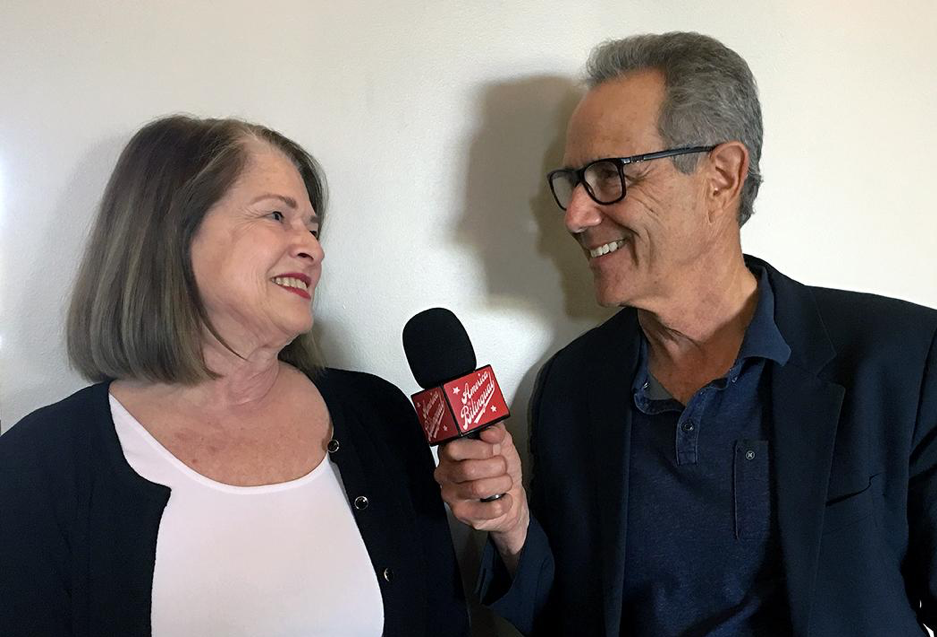
“If we think of longevity as about old people, then we lose the opportunity to redesign all of life,” says Laura Carstensen, Founding Director of the Stanford Center on Longevity.
BAFFLING ABILITIES, AND THEIR EARLY EXIT
Many people have told me, “I’m too old to learn another language.” Is it true?
“It’s not true. Of course we can learn a language, or anything else at any age, so there isn’t a point in life where people can’t learn anymore, short of having a serious dementia.” That’s Laura Carstensen, a professor of psychology at Stanford University and the founding director of the Stanford Center on Longevity.
She adds, “It may take a little bit longer for people to learn something brand new when they’re older, but the learning process works.”
When I asked her why so many people think they’re too old to learn a language, Laura suggested it may have to do with the contrast people experience between learning at ages 2, 15 and 60.
“At age 2, you don’t have to even study,” Laura says. “Children just have this natural ability, it seems, to take up language, and multiple languages.”
Babies can not only learn more than one language simultaneously, but, says Laura, they can keep the languages separate. “It baffles me—and, I think, most people who study cognitive development in children.”
So what about 15-year-olds?
After the age of 15, Laura says, the belief among some experts is that although we can acquire a new language, we can’t acquire its native accent. Is it because we can’t properly learn the words or grammatical structure after this point?
No. It’s because of the way our hearing is wired.
“Early in life we have the ability to hear the full range of language sounds,” says Laura, “but after the first couple years of life, we lose the ability to hear certain kinds of frequencies.”
So when a native speaker asks adult language learners to repeat a word, they repeat what they hear…but what they hear isn’t what the native speaker heard when he or she was a toddler.
As for language learners over the age of 50, they have some advantages, Laura says. Although not enough is known about how older people learn in general or how they learn languages in particular, we do know that older people have more knowledge. This knowledge resides in complex neural networks that act like scaffolding for new information. While the intake of new information seems to slow with age, there are more places to put it.
Laura conveyed the scaffolding idea during a speech to a group of older women at a community center by giving them this example. “I said, ‘If I showed you a brand-new recipe for a pie and it had some novel kind of an approach, you could read that recipe and you would already know if you liked it or not.’ And they all nodded. ‘Now imagine if it’s your first pie,’ I said. ‘No way you can do that.’”
Laura also pointed out that older adults typically have larger vocabularies than teenagers, and those who studied Latin have a head start at learning a Romance language.
COW BURPS, SEAWEED AND SPANISH
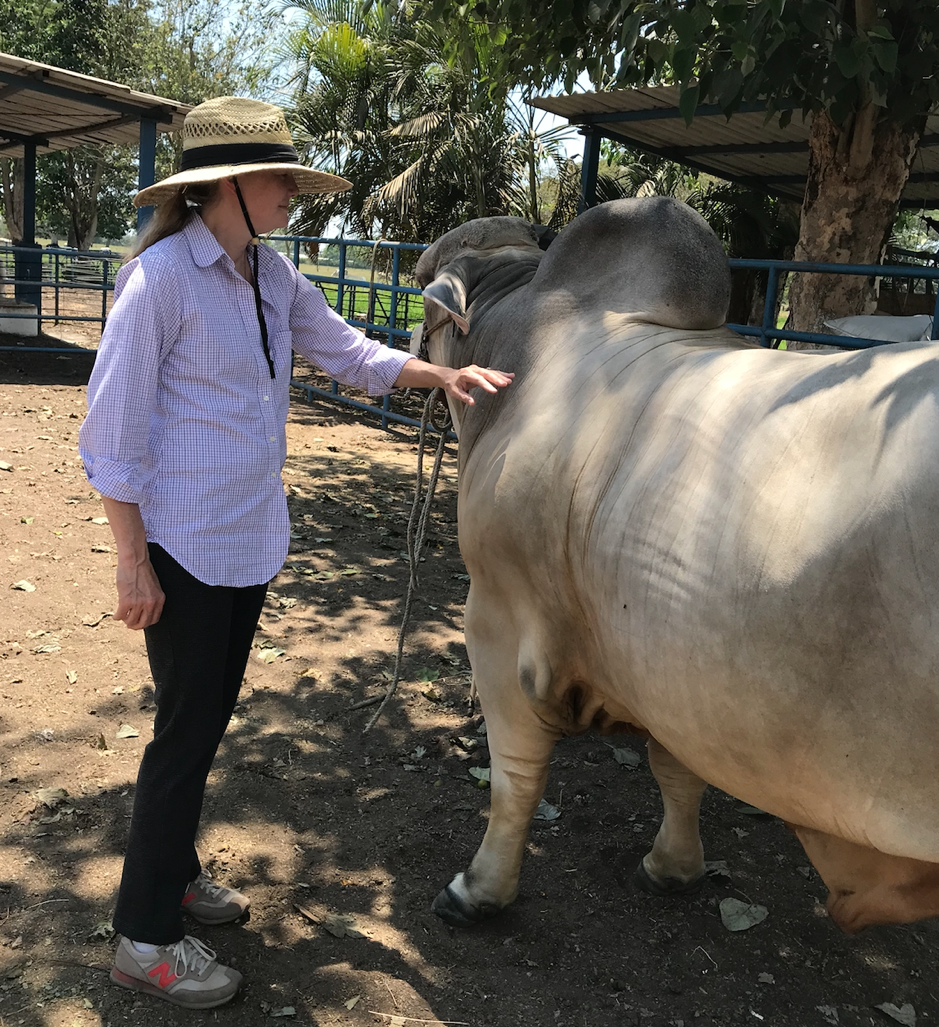
Joan Salwen on a ranch near the Pacific coast in Guatemala, greeting a Brahman steer. “Maria Cristina [her Spanish teacher] arranged for this part of my experience as well, so that I could speak to livestock handlers while getting to know the country and culture.”
Meet Joan Salwen, who grew up in Iowa in the long shadow of her family’s farm, and is now a visiting scholar in the Stanford School of Earth leading a team seeking to eliminate greenhouse gas emissions from cow burps.
“I want to explore whether that supplement, which is a seaweed, can be grown cost-effectively, and whether it can be delivered safely for animals and for those humans who consume milk and beef,” Joan explains. The environmental stakes, she says, are high: the methane currently emitted is equivalent in global-warming impact to 590 million cars. “That’s twice as many cars as we have on the road in the United States, so globally it’s a very, very large issue.”
Joan works in California, the country’s leading dairy state. Most of the farm workers speak Spanish. “I want to be able to present myself to them in their language,” she says.
She devoted an entire month of learning Spanish using Rosetta Stone and Duolingo daily. Then she hired her son, Joe, who is a strong Spanish speaker, to speak with her. “He would ask a question, and I was unable to even respond. It was really embarrassing and discouraging.” Joan, who is in her fifties, wondered if it was because she didn’t have a strong “ear” for language, or whether her memorization skills were letting her down.
I was able to interview Joan along with our mutual friend and colleague from Stanford’s DCI program, Mario Bravo. Mario was dismayed to learn that Joan had been trying to learn Spanish and not even told him, since he could have helped her. Joan admitted, “Well, the main reason is my lack of confidence in myself. I’d had the experience with my son where I was just paralyzed and unable to access any of my vocabulary in his presence, and I didn’t want to have that experience in front of you, Mario. You were a new friend. I wanted you to like me.”
Joan gave up on her quest to learn Spanish, thinking it hopeless. But on a trip to Costa Rica with her husband, Kevin, Joan encountered a person who had a profound effect on her.
“We went on a tour that was led by an Italian woman, and she was leading the tour in English. Obviously she was proficient in both Italian and Spanish, but she was not very good at English.”
Joan was captivated.
“I was enthralled by her fearlessness and by her commitment to communicate with whatever level of proficiency she had,” Joan says. “Every sentence she uttered had subject-verb agreement problems and other grammatical problems, but we understood every single thing.”
That this woman was brave enough to try hit home with Joan.
“She demonstrated such an interest in having a relationship with us and communicating with us. She was unbothered by the fact that her English skill was not nearly as good as her Italian and Spanish skill. I was inspired by this woman, and this is why I returned to my Spanish.”
Joan signed up for Spanish 1 at Stanford’s School of Studies and has progressed to Spanish 2 and 3, all with the same teacher, Guatemalan-born Maria Cristina Urruela, whom Joan adores.
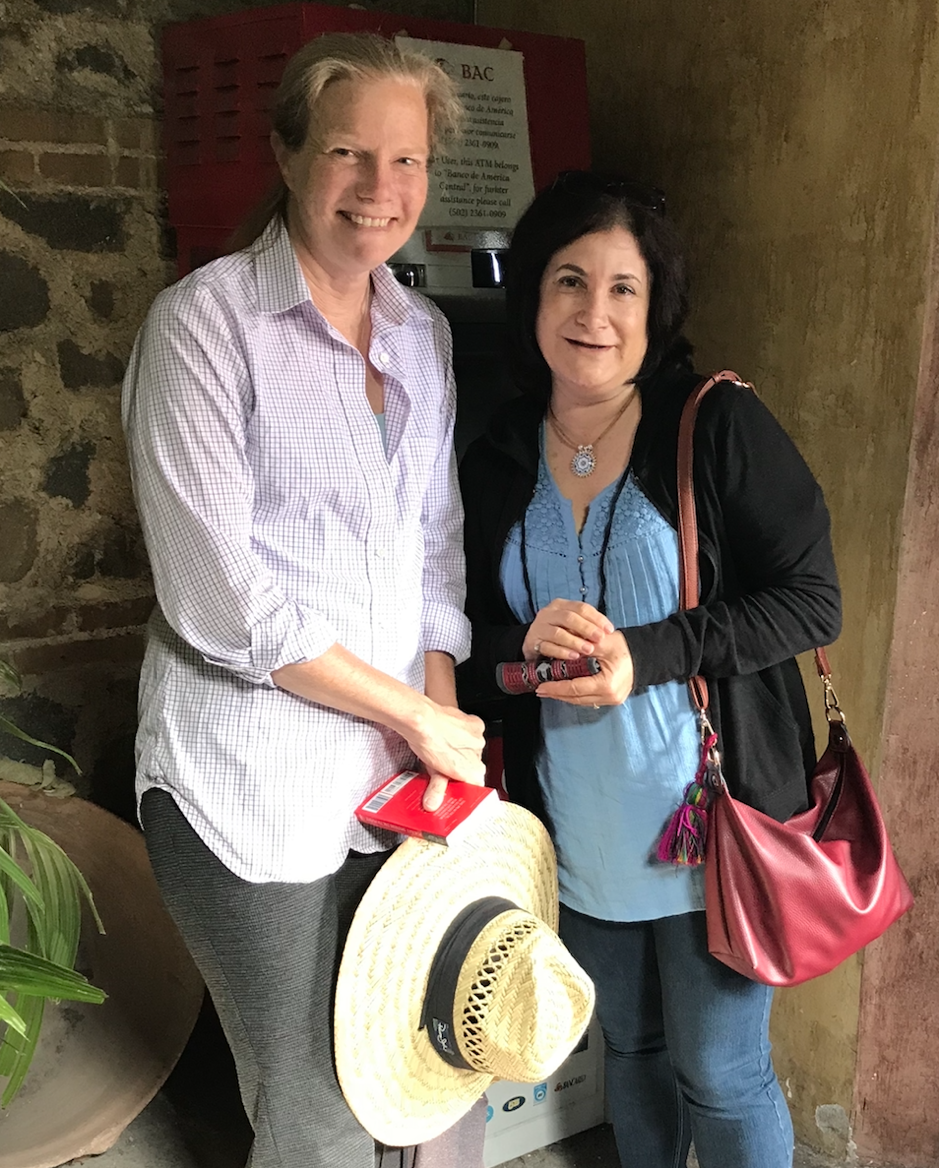
Joan Salwen, left, holding her Spanish phrase book and with her Spanish teacher, Maria Cristina Urruela. “I love my teacher,” says Joan. “No drill-and-kill, just very engaging conversation.”
After her early frustrations and doubts, Joan is now feeling the momentum that comes with successful language learning. “I know that my bilingual rewards will be exciting,” she says, “and I look forward to claiming them.”
WHEN BEING A MONOLINGUAL IS A DISCONNECT
It’s not just about being able to speak with cattle and dairy workers that drives Joan to become bilingual. She told me that being a monolingual just doesn’t fit with her conception of herself. “I am a person who has traveled a great deal, and who reads a great deal, who is aware of political and social and economic struggles in far-flung places, and yet, I only speak one language. There’s a disconnect there.”
When Joan says she sees herself as a global citizen, it’s not just talk. Back in 2008, Joan and Kevin sold their big home in Atlanta and moved to a home half the size.
Their daughter, Hanna, was the instigator. As a teenager, she asked her parents why they were living so luxuriously while, when driving to school, they passed so many homeless people.
The family made national news when they took half the proceeds from selling their big home—more than $800,000—and donated it to 20,000 villagers in Africa. Kevin, a former Wall Street Journal editor, helped the family write a book about it called The Power of Half.
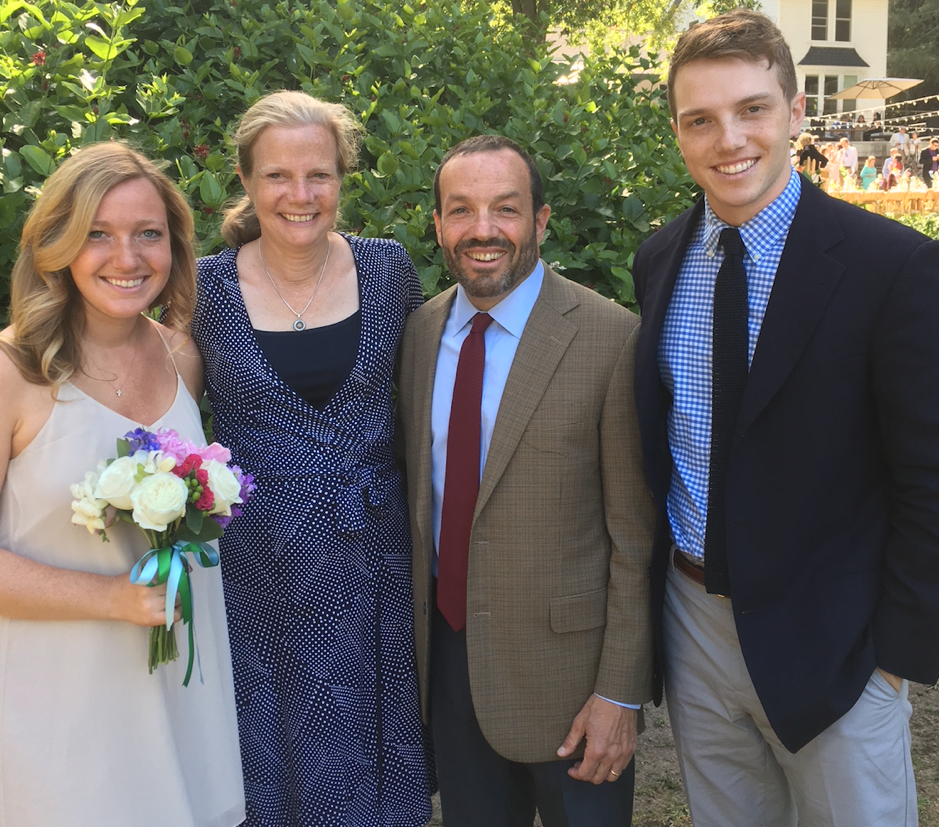
Joan Salwen with daughter Hannah, husband Kevin, and son Joe. Says Kevin, “The Salwens don’t always look this dapper. But when we do, it’s often to celebrate Joan for her work on Spanish.”
THE LONGEVITY BONUS—FOR ALL AGES
In her TED video, which has more than 1.2 million views, and her book, Long Bright Future, Laura Carstensen says that what’s missing are the cultural guideposts that tell us how to best use the years that have been added to human lifespans.
“I think one of the biggest mistakes we’ve made with these added years is that we tacked them all on at the end, so the only stage in life that got longer was retirement.” Instead, she says, we need to rethink all of what we consider normal life stages.
This idea has a great potential for helping Americans—of all ages—become bilinguals and enjoy the benefits throughout their lives.
Our cultural and societal guardrails say kids must go directly from high school to college. That practice was established when people weren’t expected to live much past their sixties. We have more years now. Why not change the norms to fit the new reality? An excellent way, with proven positive results, is to take a bridge year to go live in another country, speaking another language.
We reported in Episode 17, “When a Gap Year Becomes a Bridge Year,” that very few high school graduates take advantage of a bridge year. They’re still clinging to the old guardrails. But what if the idea were to really spread, the way Abby Falik of Global Citizen Year advocates, and millions of young Americans took that year to live abroad in another language?
Yet another opportunity is for families with young children to take their parental leave (which could be extended to a year or more) in another country, living in another language, and giving their children the gift of bilingualism the easy way.
WHAT BRAVERY SOUNDS LIKE
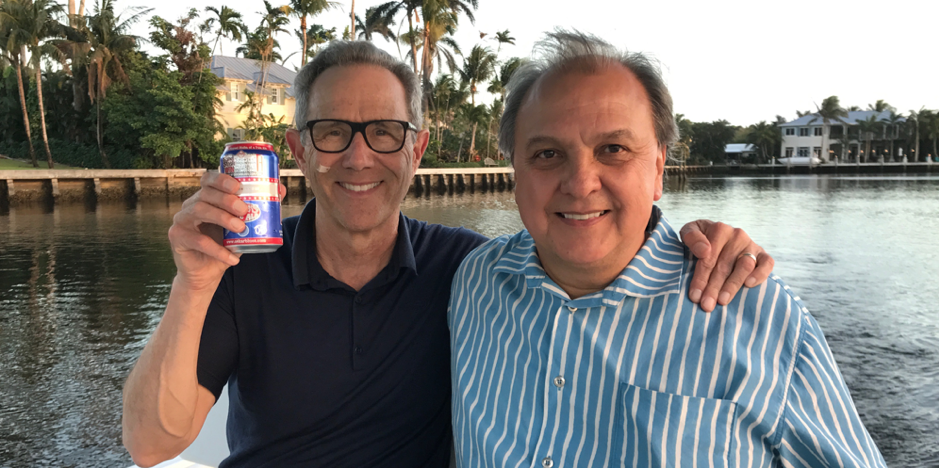
This Bud’s for bilingualism: I’m here with Mario Bravo (right), who recommends beer for the boldness that is so helpful for adults learning another language.
In the many interviews I’ve conducted with Americans, I frequently hear the view that accents are something to be overcome. This view of accents as problems is itself problematic.
It’s important to distinguish between an accent and correct pronunciation. If words and phrases are properly pronounced, so that the meaning is clear, it doesn’t matter whether one sounds like an American or a Russian or an Australian.
Besides, what is a native accent, exactly? Consider that within many, if not most countries, different groups of (native-speaking) people have different accents. In America, a native of Maine can sound very different from a native of Minnesota. Louisiana and South Carolina may both be in the South, but the accents are different. Perhaps you’ve become friendly with Americans from other parts of the country from yours and have come to find their accents endearing.
When it comes to accents from abroad, America has toasted such bilingual celebrities as Henry Kissinger, Arnold Schwarzenegger and Sofía Vergara. They all speak English perfectly well, and with perfectly distinctive accents. Who would want them to lose that?
An accent is a sign that people have learned a language later in life—that is, the hard way. To do so, they have had to be bold enough to speak imperfectly and to be willing to speak like a child, even though they were adults. That accent we hear is the sound of bravery.
HEAR THE STORY
Hear more of the story in Episode 26 of the America the Bilingual podcast, “Are you too old to learn another language?” Listen on iTunes by clicking here: America the Bilingual by Steve Leveen on iTunes or on SoundCloud here. I’ll let you know about future episodes on Twitter as well.
Sources, Credits and Additional Thanks
Special thanks to thanks to Susan Golden, Jason Martin, Philip Pizzo and the staff of the Stanford Distinguished Careers Institute (DCI); Roch and Carol Hillenbrand; and the Imagine Solutions Conference.
The America the Bilingual podcast is part of the Lead with Languages campaign of ACTFL — The American Council on the Teaching of Foreign Languages.
This episode was written by me, Steve Leveen. Our producer is Fernando Hernández, who also does our sound design and mixing, and our associate producer is Beckie Rankin. Our brand and editorial director is Mim Harrison. Graphic arts are created by Carlos Plaza Design Studio.
Support for the America the Bilingual project comes from the Levenger Foundation.
Music in this episode, “Quasi Motion” by Kevin MacLeod, was used with a Creative Commons Attribution License. Our thanks to Epidemic Sound for helping us make beautiful music together.

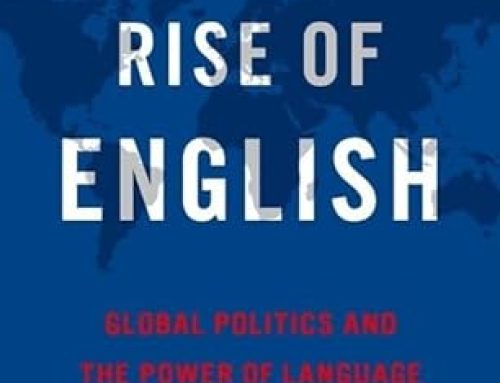

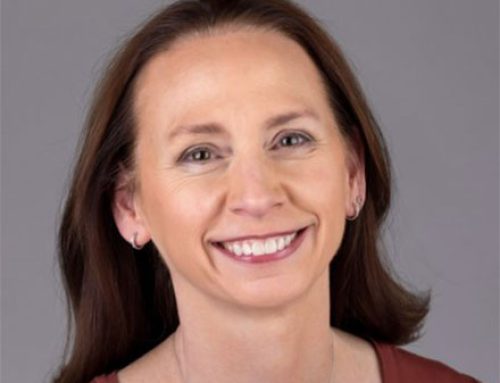
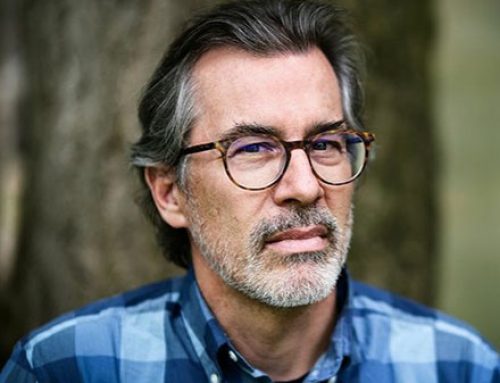
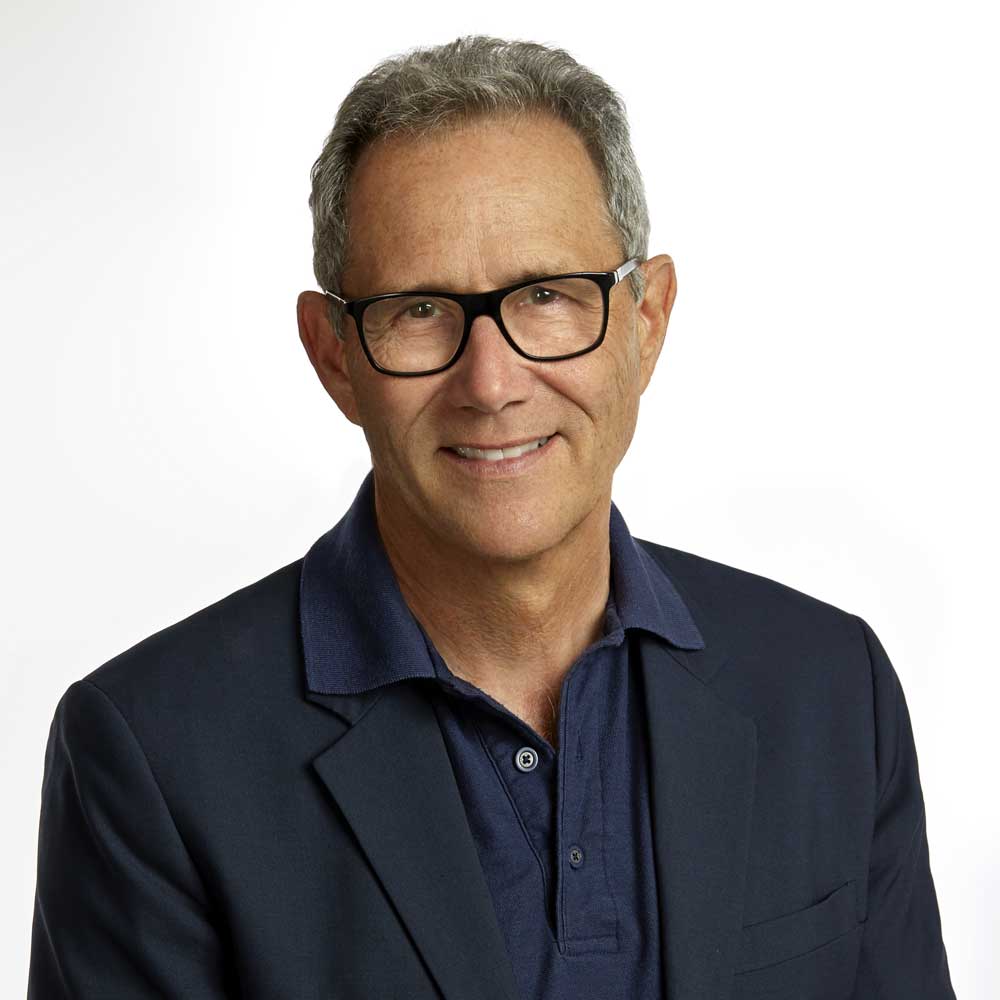 You can book Steve for many different audiences
You can book Steve for many different audiences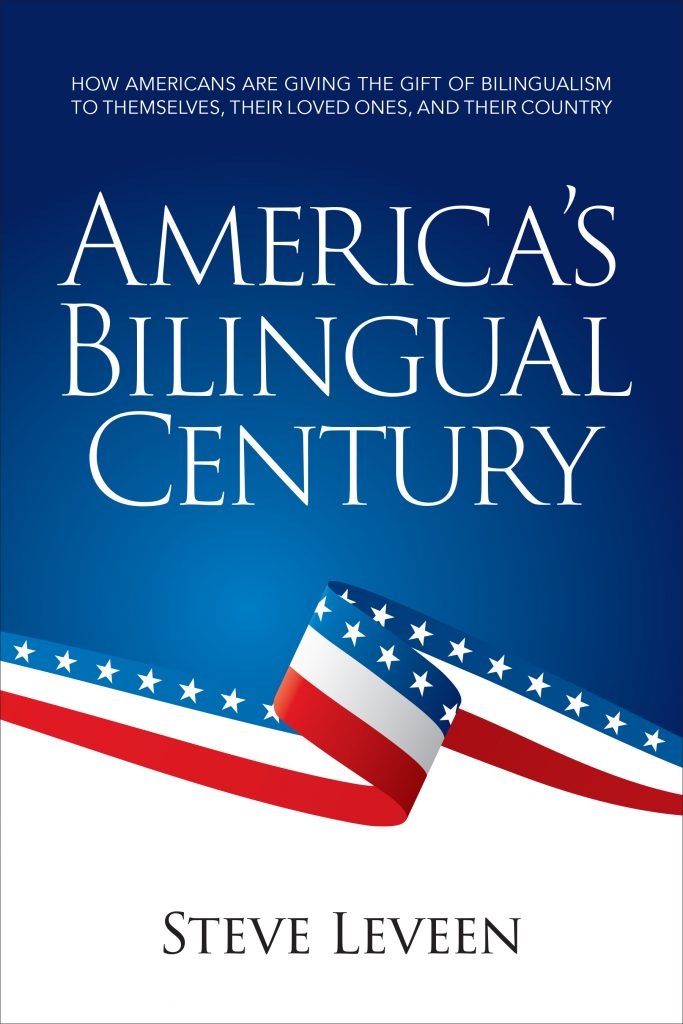
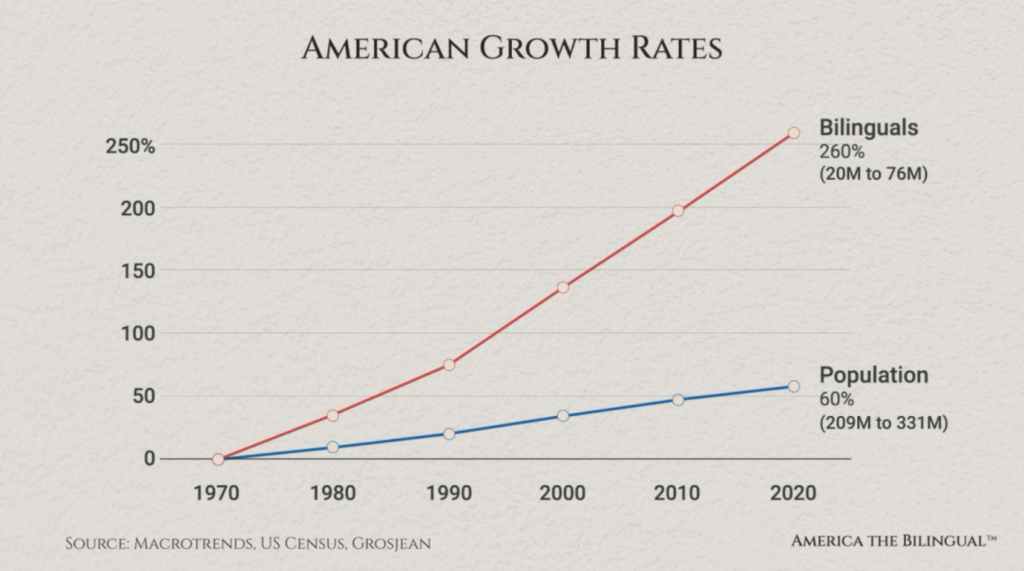
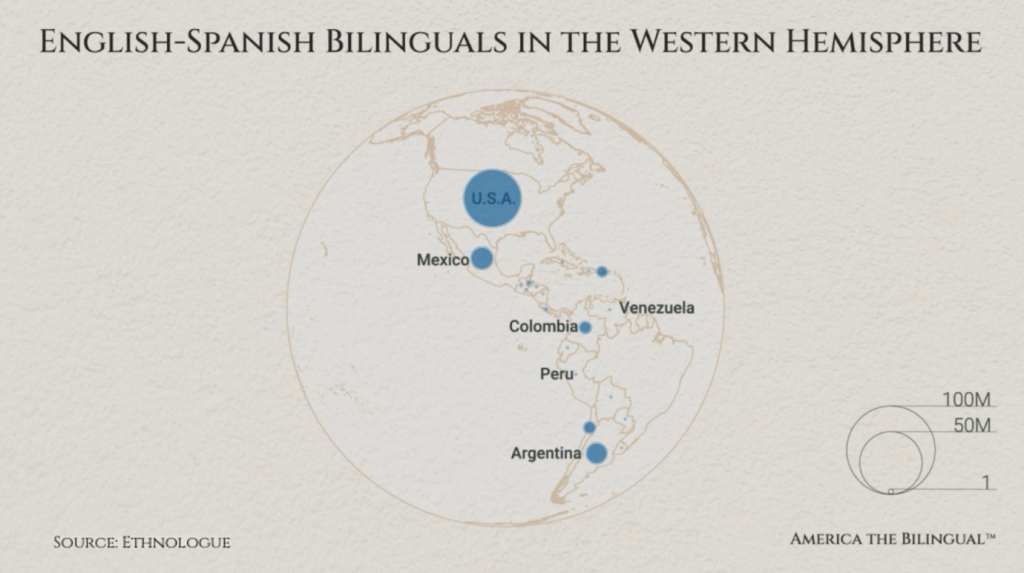
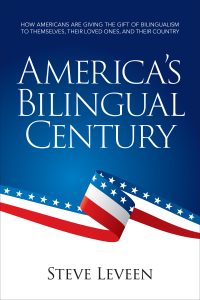
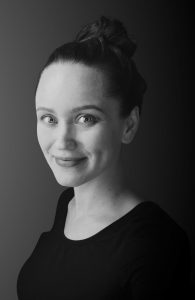
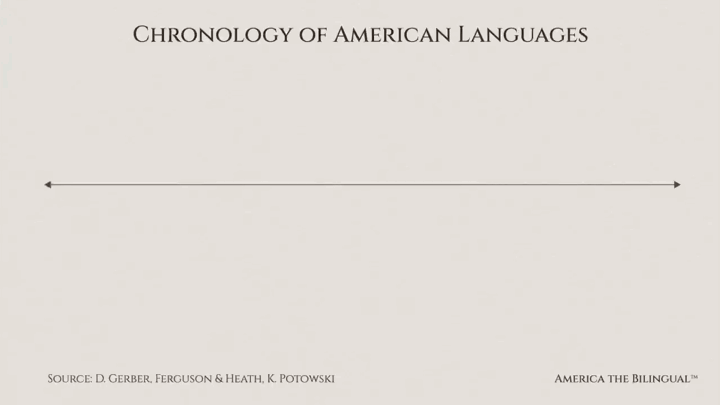


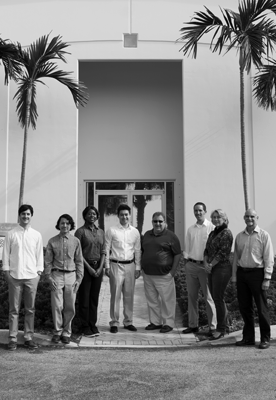
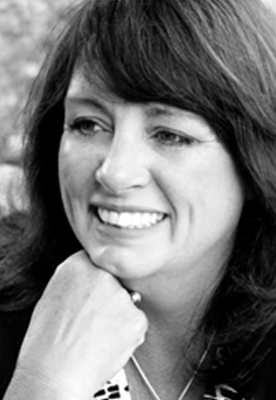 First, know that she has one of those glorious English accents (or what all of us who are not English would call an accent), which makes her a natural for the audio book narration that she does. Although U.S. born, Caroline grew up in England and studied literature at the University of Warwick (fyi for American ears: that second “w” is silent).
First, know that she has one of those glorious English accents (or what all of us who are not English would call an accent), which makes her a natural for the audio book narration that she does. Although U.S. born, Caroline grew up in England and studied literature at the University of Warwick (fyi for American ears: that second “w” is silent).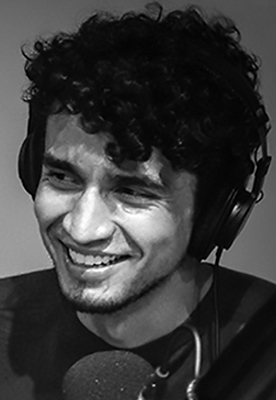
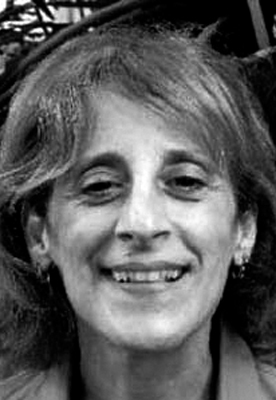
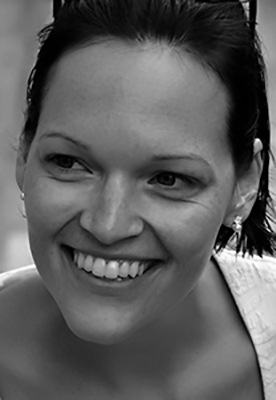
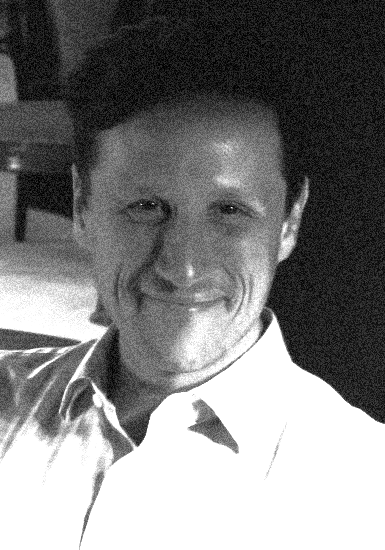
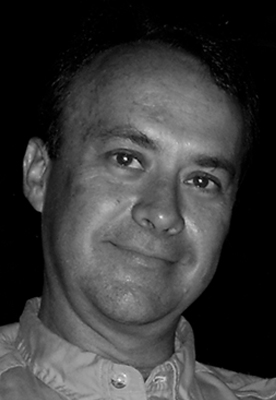
Leave A Comment